A Blueprint to Lead Administrative & Educational Support Unit Assessment
The purpose of the Administrative and Educational Support Unit Assessment process is to ensure that all offices advance their mission to promote the success of the whole student. At Texas A&M International University, in particular, these units provide direct support to faculty and students as related to their educational programs, indirect support for student learning, or a specific co-curricular mission that supports the college experience. It would be common to find that some of these units have expected student outcomes very similar to those of educational programs. In addition, expected outcomes might not be related to a directly measurable student learning outcome but instead related to administrative goals for the unit that likely link back to your institutional strategic plan.
It is sometimes difficult to separate assessment of outcomes and administrative goals from assessment of outcomes related to academic and student support services. But at TAMIU we have developed a methodology for systematic assessment based on best practices literature. In particular, helping us frame our current process, we adapted components of “Assessment in Practice—Developing Systematic Assessment Practices for Administrative, Educational,
and Student Support (AES) Units (Dorimé-Williams, M., Carlson, E., & Shults, C. (2017, July). Urbana, IL: University of Illinois and Indiana University, National Institute for Learning Outcomes Assessment (NILOA)).
At TAMIU, and likely your institution as well, It is expected that all services engage in institutional effectiveness processes. And our current process follows this flow and timeline:
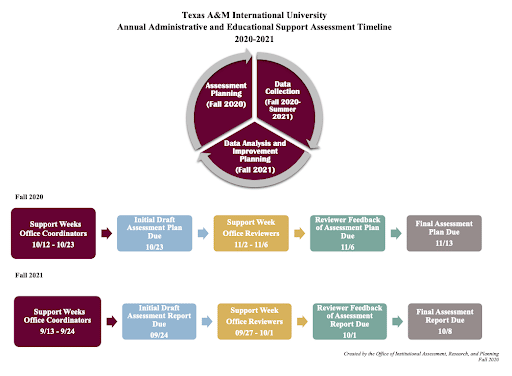
As an assessment specialist at TAMIU, it is my job to oversee both Administrative Educational Support units—offices that work directly with students, and Administrative support units—non-direct student units such as payroll, research, and sponsored projects. My approach is similar in that I help them to develop outcomes that are measurable and that can be included in various reports such as our SACSCOC accreditation self-studies.
Currently, we use AEFIS as our assessment management system to collect, review, and take action on assessment data through a forms and workflow process that is digitized, and aligned with our culture of assessment and stakeholder engagement. Below is a workflow we have baked into AEFIS that helps to drive the collection of assessment plans and data to support institutional effectiveness and continuous improvement at TAMIU.
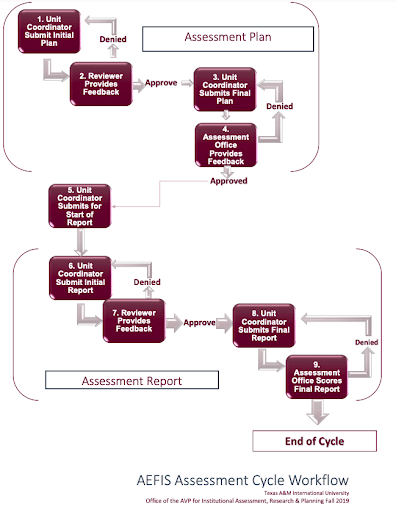
We are still learning and still growing as an institution that is engaged in improving our assessment processes so that it includes more opportunities for units to provide evidence linked to our mission and vision. Impacting our institutional effectiveness and sustainability as an institution that serves learners who represent students that work, go to school, and take care of their families is a top of mind for me and my colleagues.
I hope you will join me on Thursday, November 11, 2021, for my session, “Meet Our Partners Series—Assessing Your Non-Academic & Support Units at Texas A&M International” You can register here and take part! In this session, I will further unpack our assessment process and provide you with a blueprint for your consideration and adaptation at your institution.

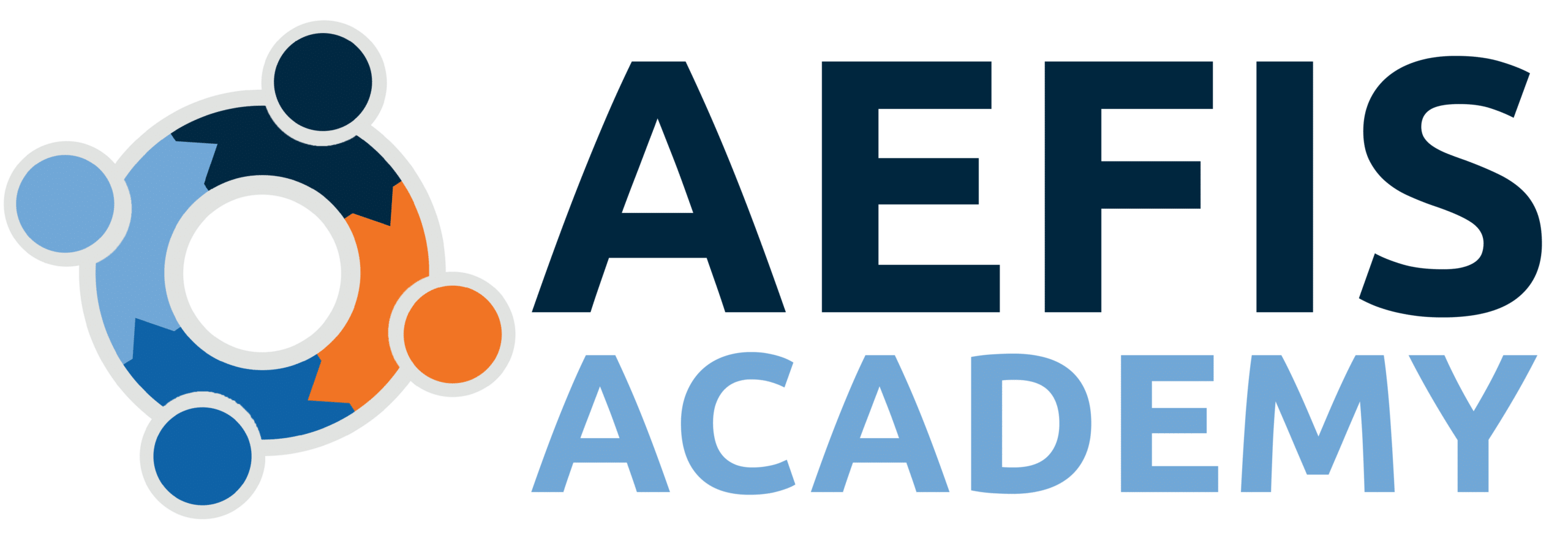


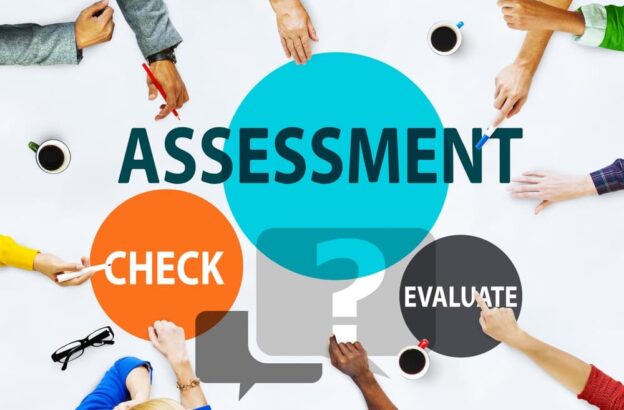
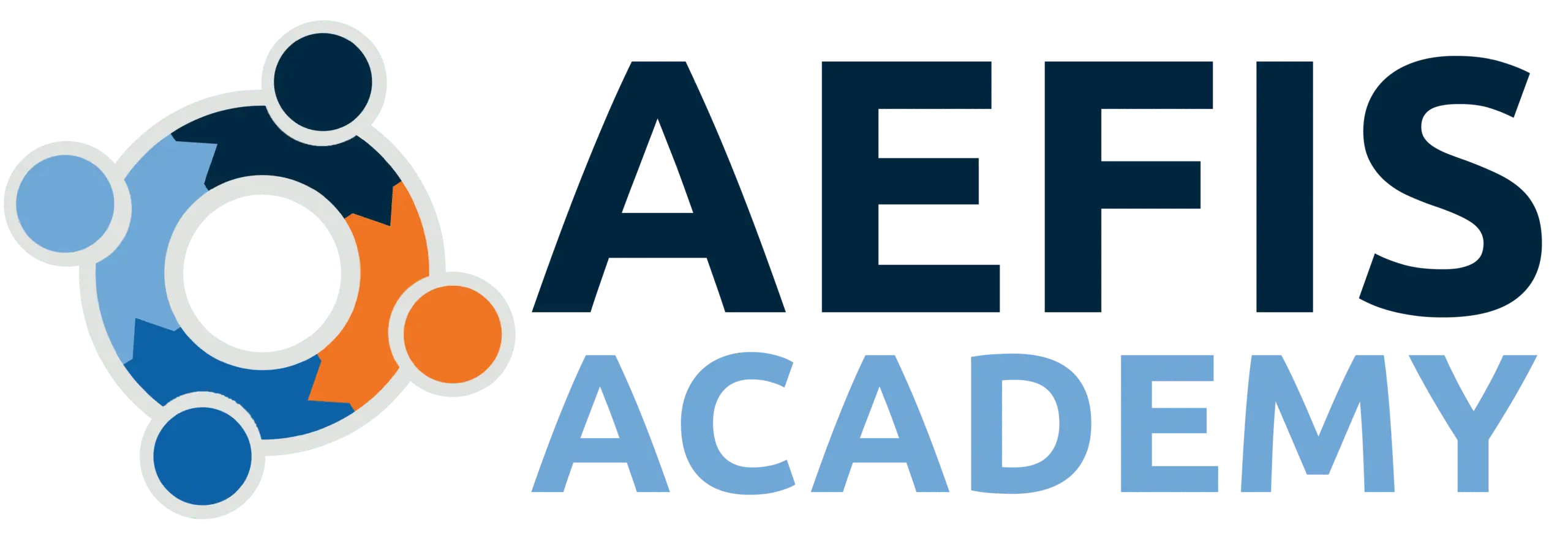

Discussion